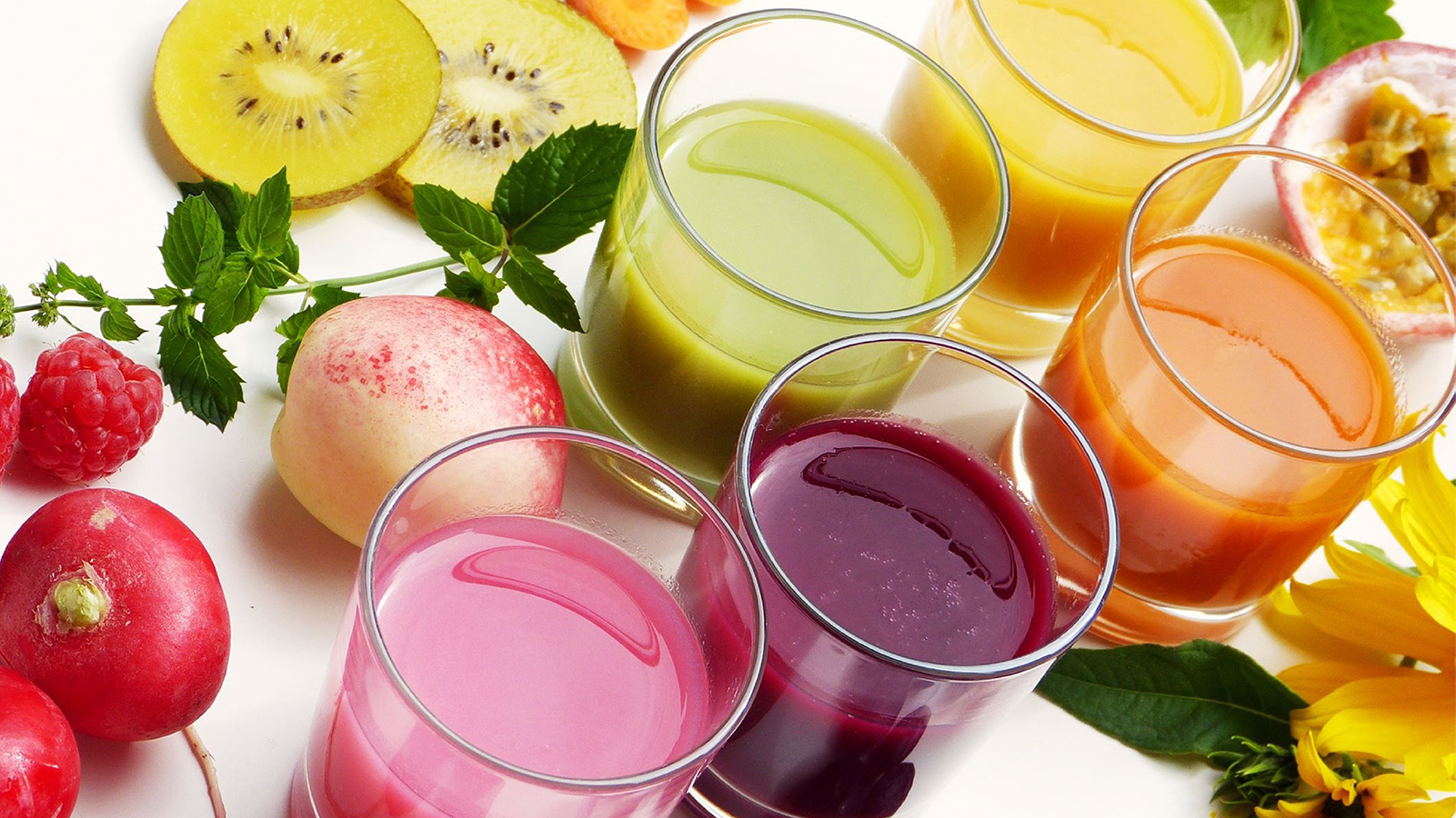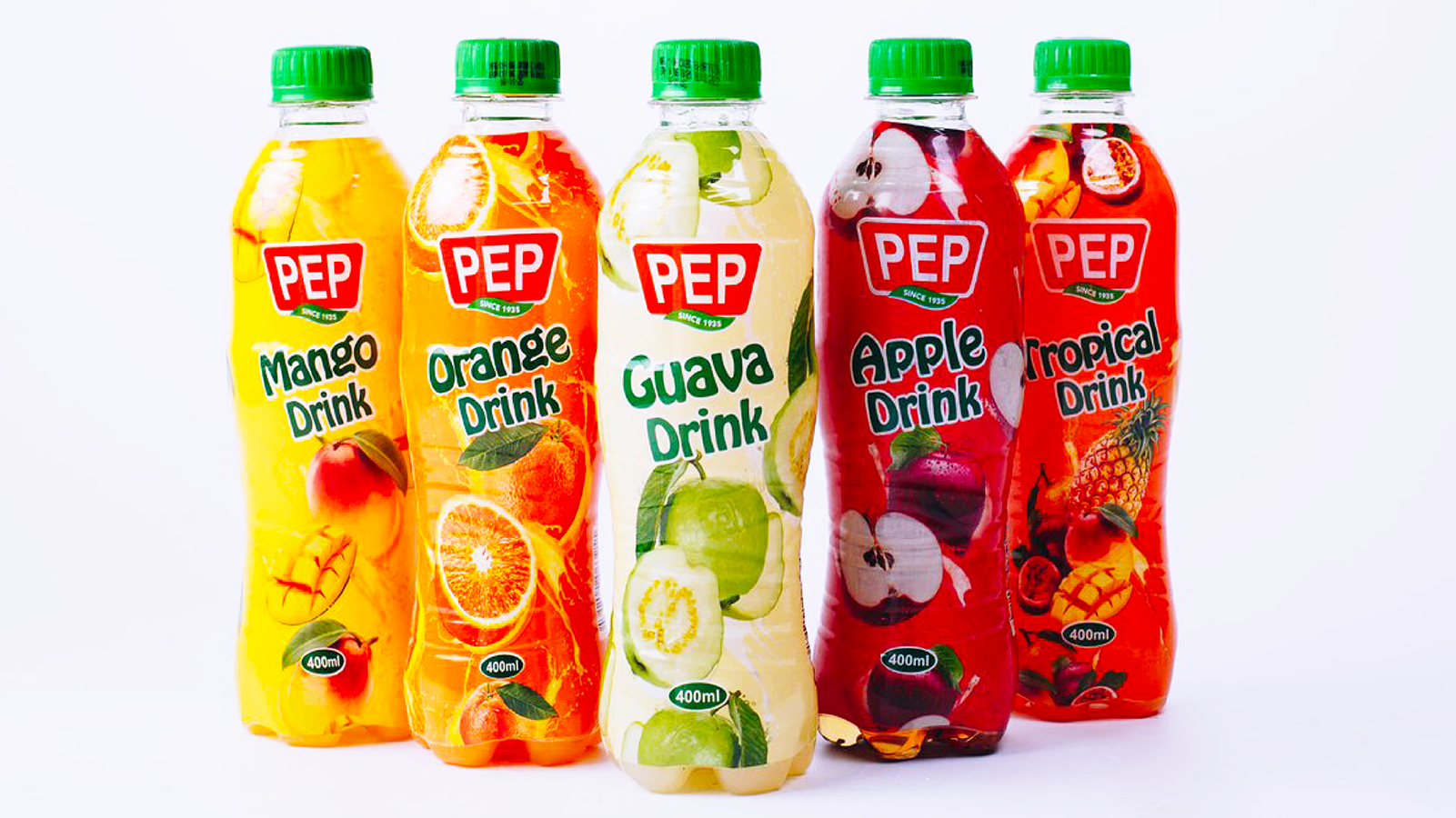Consumer attitudes around food have fundamentally changed, with many consumers now wanting more from food than they previously did. We want food to help improve our personal well-being, including mental, emotional and spiritual wellness. Additionally, we have developed a preference for food that gave us a sense of familiarity and comfort.
Covid-19 has been with us for less than two years, but it has affected our lives in ways nobody living in the pre-covid period could have imagined.
Consumer attitudes around food have fundamentally changed, with many of them suddenly wanting more from food. We want food to help improve our personal well-being, including mental, emotional and spiritual wellness. Additionally, we have developed a preference for food that gave us a sense of familiarity and comfort.
With travel restrictions put in place, we have even resorted to food as a way of experiencing new cultures. Flavor being a key component of food and beverages was certainly impacted by these new demands. In this issue, we take a deep dive into the beverage sector to bring you the trends affecting how your favorite beverage will be flavored in 2021 and beyond.
A sense of nostalgia
With so much uncertainty going on during the pandemic, flavors that provide a feeling of security and stability became popular.
According to Brandy Rand, COO Americas, IWSR Drinks Market Analysis, flavors and smells like chocolate chip cookies, fresh-squeezed lemonade or peanut butter and jelly sandwich have become popular as they “bring back the nostalgia of childhood and are simple comforts”.
For instance, in the US, peanut butter-flavored whiskey has been growing for some time and has continued at pace throughout the pandemic, albeit from a low base. Collectively, the leading five peanut butter whiskey brands in the US increased sales by more than 250% from 2019 to 2020, according to IWSR data.
In RTDs, lemonade flavors have rose in popularity, satiating consumers’ desire for comfort, while also providing the simple and refreshing taste they crave. An interesting addition to the list of flavors that evoke nostalgia is cola. The desire for the flavor popular in soft drink beverages led to Kikkoman introducing a flavored soy milk that is made to taste just like cola. The drink evokes a sense of familiarity associated with the soda pop, which most consumers would have missed in their quest to lead healthy lives.
Health consciousness drives demand
The pandemic also brought forward the importance of food on health and wellness to the fore. Health experts have warned that unhealthy lifestyles leading to obesity and diabetes increase the chances of hospitalization and death if one catches the virus.

To boost their immunity and general wellbeing, consumers have continued to demand for beverages with flavors that are associated with positive health attributes. Halo ingredients are therefore expected to trend as people increasingly take a proactive approach to their health and wellness, explains Coralie Garcia-Perrin, Global Senior Strategic Marketing Manager of Sweet & Modulation Taste at Kerry Taste & Nutrition.
“We will see several products targeting immunity-boosting in a range of flavors – ginger, turmeric, elderflower and juniper – coming to the fore,” noted Coralie. Those that deliver stress relief, with notes such as chamomile, lavender, neroli and ginkgo, are also expected to grow in popularity, according to the Kerry taste expert. Taste varieties including citrus, lavender, hemp, and green tea that address emotional well-being, mindfulness and relaxation are also expected to trend in, notes Agneta Hoffmann, marketing manager for flavors at Bell Flavors and Fragrances.
As clean label continues to gather momentum, Hoffmann projects that natural flavors providing taste solutions for sugar reduction and masking off-notes will become a major part of beverage formulations in 2021 and beyond.
Using flavors to travel the world
The pandemic greatly restricted the ability of people to travel. Hélène Moeller, director of global product management at ADM observes that with travel out of the table, consumers are now looking for exploration in their flavors.
“We have seen F&B processors responding to this need in innovative ways. For example, taking a traditional margarita formulation and substituting calamansi or key lime for Mexican lime is one way that an established product can be reformulated to meet evolving flavor needs,” she details.
The desire to experience the warmness of the tropics lead to tropical tonalities of watermelon and guanabana to be among interesting flavors trending in beverages this year. The popularity of foreign flavours, especially those associated with the tropics was so profound that PepsiCo decided to make watermelon flavor a permanent addition to its Mountain Dew soda brand.
Natural flavors providing taste solutions for sugar reduction and masking off-notes will become a major part of beverage formulations in 2021.
Classic flavours take center stage
As the world accustoms itself to the new normal, a new trend of embracing classic flavors such as vanilla and citrus is fast gathering momentum.
Agneta Hoffmann, Manager Marketing Flavors at Bell Flavors & Fragrances, notes that she expects to see significant growth for classic flavor profiles. “Returning to a ‘new normality’ amid COVID-19 means reflecting positive associations and memories, while creating a sense of nostalgia,” she says. This is where classical flavors come in.
Vanilla is, for instance, known for both its own warm, comfortable flavor that often evokes feelings of nostalgia, as well as an enhancer that brings out the depth of other flavors. Sri Nagarajan, Global Marketing Manager at Givaudan expects the flavor to retain its marketability through its wide use in cocktails and ready-to-drink (RTD) beverages such as coffees, through syrups. Citrus as a classical flavor is continuing to establish its dominance in the flavor market as consumers seek to what is refreshing and yet so familiar.
Leif Jago, junior marketer, global marketing, flavor and nutrition segment at Symrise notes that classic mood-boosting flavors like chocolate, vanilla, strawberry, dessert and bakery-inspired flavors are also in demand as consumers strive to accustom themselves to the new normal. Beverages, particularly spirits, RTDs, and Hard Seltzers are expected to continue incorporating these classical flavors to attract a consumer that is trying to move past the pandemic.
Unusual blending to create new flavor twists
Consumers are hungry for new flavors and combinations that will delight their taste buds. It’s the least you’d expect from people largely confined in their homes.
Beverage companies particularly hard seltzer manufacturers have been quick to meet this demand, infusing botanical and fruit blends into their drinks to offer consumers a new and exciting experience.
Botanicals have been particularly popular as they offer a fresh twist on flavor combinations. Their launch to the market has also been readily accepted as they are well known to consumers as herbs from the kitchen and combine especially well with several fruits. Some great combinations that have come up include elderflower and lime, citrus and mint, and grapefruit and juniper berry. Blood orange has also become a key flavor for many applications, particularly in hard seltzers.
Three-Fold, White Claw, Smirnoff Seltzer, and Press Spiked are some of the leading hard seltzer brands that have the blood orange flavor on their product lines.
Colors go natural to appease consumers
Colors provide evidence to a consumer that a certain flavor exits in a beverage. For instance, consumers associate strawberry, guava, and pomegranate flavors with color pink, citrus flavor with light green, orange flavor with orange, and cola flavor with black.

It would be hard to convince consumers that a beverage is strawberry flavored if it were colored green or white. This unique association between colors and flavors makes it exceedingly difficult for a conversation about flavors to be considered complete with talking about colors. When it comes to colors, artificial dyes continue to lose market share as a shift to close-to-nature ingredients creates elevated demand for natural colors.
Aside from this, there is a growing demand for nutritionally functional solutions, which provides significant opportunities in the world of clean label pigments. Nathalie Pauleau, global product manager for natural colors at Givaudan notes that interest in natural colors supporting healthy food concepts has grown, especially those relating to blue spirulina, yellow turmeric extract and red elderberry extracts.
Apart from demand for natural colors, demand for bright and vibrant colors has also risen as they improve the overall indulgent sensory experiences of consuming beverages. Bold colors associated with botanicals and fruits such as cherry, pineapple, elderberry and tangerine have especially become popular with consumers seeking for brightness in a dull pandemic world.
Emina Goodman, senior director for colors at ADM adds that out-of-the-box applications, such as color-changing beverages are “hitting the market left and right” to keep up with consumer demands for exciting experiences.
Dr. Roland Beck, head of business unit colors at Döhler notes that growing rejection of synthetic colors is expected to further propel the growth of natural colors even in regions such as Middle East and Asia where interest for natural colors has just taken off.
The classification of titanium oxide (E171) as not safe for use in foods and beverages by the European Food Safety Authority is also another development that is expected to create new interest in development of natural alternatives.
Food ingredients manufacturer Döhler has already developed a solution dubbed White Diamond which it says is “a truly natural alternative to titanium dioxide for food and beverages.” The company also has another one dubbed “Black Diamond” that is said to be an effective natural black that can perform well in different conditions.
The trend towards healthier, natural, and functional colors and flavors highlights the evolving demands of consumers. Natural colors and flavors are expected to continue edging their synthetic counterparts while more interesting flavor mashups are expected to continue emerging as producers work tirelessly to capture the interest of an adventurous consumer.
This feature appeared in the May/June 2021 issue of Food Business Africa. You can read the magazine HERE










